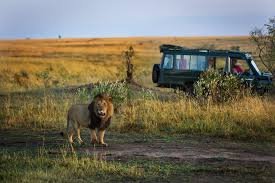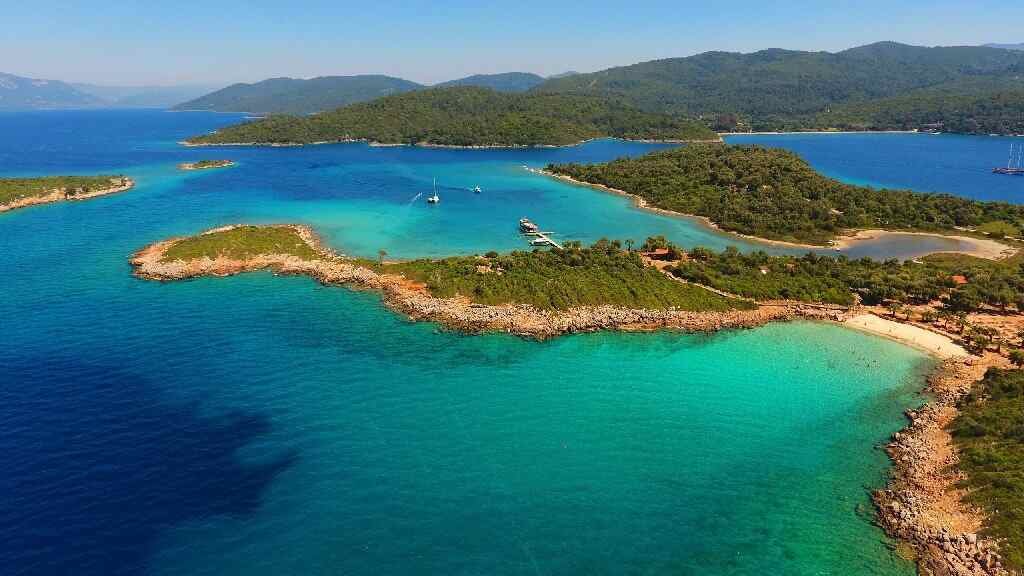Safari tourism has experienced a significant surge in recent years, with digital platforms and a growing interest in conservation efforts fueling this growth. The combination of technology and an increased focus on protecting wildlife has created a unique opportunity for both tourists and conservationists alike.
Digital platforms, such as online travel agencies and social media, have played a pivotal role in the rise of safari tourism. These platforms have made it easier for travelers to research and book their safari experiences, opening up a world of possibilities to a broader audience. With just a few clicks, individuals can browse various safari destinations, compare prices, read reviews, and even connect with local guides or tour operators.
The convenience and accessibility of digital platforms have attracted a diverse range of tourists, from adventure seekers to nature enthusiasts. As a result, safari destinations have seen a significant increase in visitor numbers. Countries like Kenya, Tanzania, South Africa, and Botswana have experienced a surge in tourism revenues as more travelers flock to experience the wonders of the African savannah.
Beyond the convenience factor, digital platforms have also played a crucial role in raising awareness about conservation efforts and wildlife protection. Social media platforms, in particular, have become powerful tools for advocacy, enabling individuals and organizations to share stories, images, and videos that highlight the importance of preserving biodiversity.
The rise of eco-tourism has also contributed to the growth of safari tourism. Travelers are increasingly seeking experiences that align with their values and support the conservation of natural habitats and wildlife. Many safari destinations have adapted to this trend by implementing sustainable practices and supporting local communities. For example, some lodges and camps have reduced their environmental impact by using renewable energy sources and implementing water conservation measures.
Furthermore, safari operators and conservation organizations are working together to create immersive experiences that educate tourists about the importance of wildlife conservation. These experiences often include guided tours led by knowledgeable local guides who share their expertise about the flora and fauna, as well as the challenges faced by these ecosystems. By witnessing the beauty of these habitats firsthand, tourists develop a deeper appreciation for conservation efforts and become advocates for wildlife protection.
The surge in safari tourism also brings economic benefits to local communities. The influx of tourists creates employment opportunities for guides, drivers, and staff working in accommodations, thus improving the livelihoods of individuals living in these areas. Additionally, safari tourism generates revenue that can be reinvested in conservation projects, helping to protect and preserve these fragile ecosystems for future generations.
However, it is essential to strike a balance between the growth of safari tourism and the conservation of wildlife. The increase in visitor numbers can put additional pressure on natural resources and habitats. Therefore, it is crucial for safari operators and local authorities to implement responsible tourism practices, such as limiting the number of visitors in sensitive areas, promoting sustainable transportation options, and enforcing strict guidelines to minimize the impact on wildlife.
In conclusion, the surge in safari tourism can be attributed to the convenience and accessibility provided by digital platforms, as well as the growing interest in conservation efforts. These platforms have allowed a broader audience to explore and book their safari experiences, while also raising awareness about the importance of wildlife protection. As the industry continues to grow, it is crucial to maintain a balance between tourism and conservation, ensuring that future generations can continue to enjoy the beauty of these magnificent landscapes.





